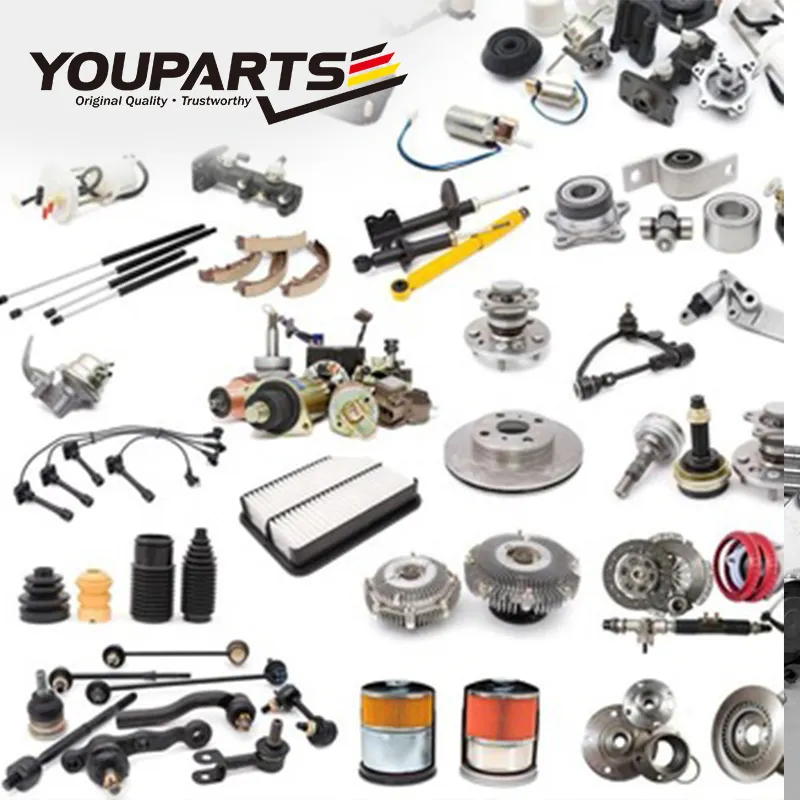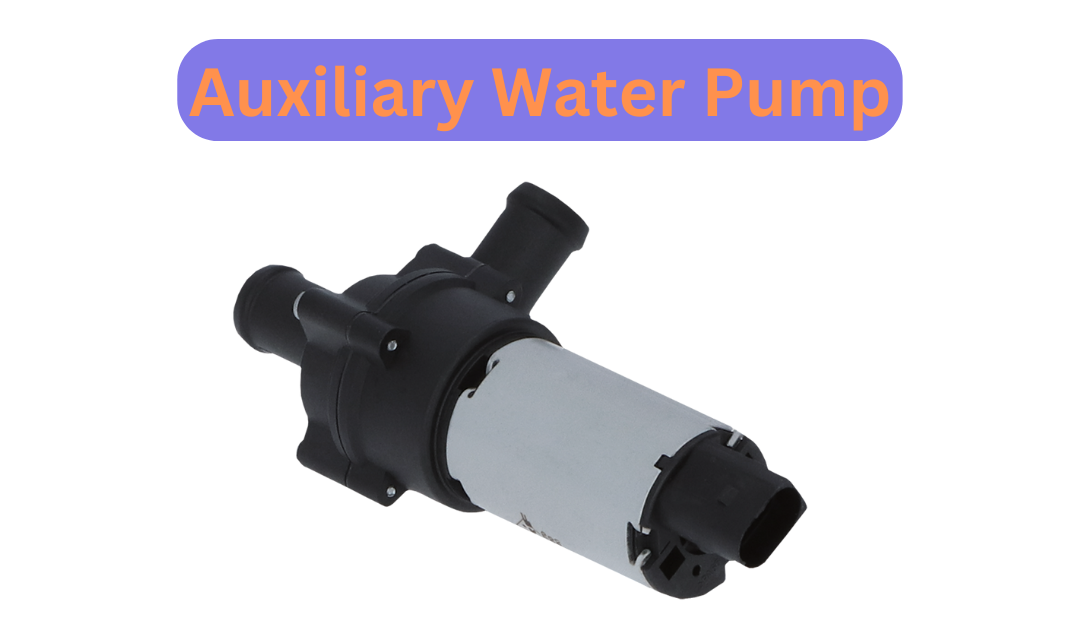In this article, you will learn about the components of the steering system, including how the power steering works and what their function is. You will also learn about the common parts of the steering system. Besides the steering rack, a vehicle’s power steering system also has many other components. Here are some of them. Read on to learn more. We will start with the steering column, which contains a worm gear. This is a threaded cylinder. When it turns, it moves anything that fits into its thread.
- Components
It consists of several components, including the steering wheel, the column, and the rack and pinion. The steering gear converts the driver’s input into rotational force that is transmitted to the wheels. The steering linkage, comprised of various rods and joints, transmits the rotational force from the steering gear to the wheels. The steering gear and the wheel are connected via the steering linkage and allow the vehicle to rotate in response to the driver’s input.
- Function
It is an integral part of a vehicle. It has several parts, including a steering knuckle arm, a pull and push rod, and a worm gear. These parts are linked together by a control valve. The control valve opens and closes the steering oil passage. The steering wheel turns when you turn it, so it’s vital for safety. In addition to steering controls, the steering system also has a clutch system.
- Common parts
In an automobile, steering is controlled by steering wheels. A steering rack is a central component of the system that translates the steering input from the driver to the wheels. The steering rack has two ends, one of which is attached to the steering knuckle. The rack rotates as the steering wheel turns, transferring force to the pinion gear that pushes the steering knuckle. It has three main parts: the rack, tie rods, and steering knuckle.
A steering rack is a complex mechanism that moves the steering wheel. It is connected to the steering column by a universal joint, preventing the steering wheel from angling sideways. It also uses a worm gear, which is located inside a steering column box. The worm is a threaded cylinder that turns anything fitted into its thread. This mechanism is the primary source of torque to the steering wheel.
Components of a power steering system
A vehicle’s power steering system contains several components. In older vehicles, turning the steering wheel requires a great deal of muscle. Modern vehicles turn with far less effort. The major components of a power steering system are the steering column, steering coupler, and power steering hoses. Power steering systems are often electric and are comprised of various motors, sensors, and electronic control units.
A power steering system uses high-pressure hydraulics to turn the wheels. It also uses a separate hydraulic system to try to turn the steering wheel back to its center position. The pressure exerted by the steering system is directly proportional to the speed of the vehicle. This steering system was developed in the early 1980s by French automaker Citroen. While the cost of this system is high, it helps to increase vehicle stability and performance by making steering a car’s wheels easier.


